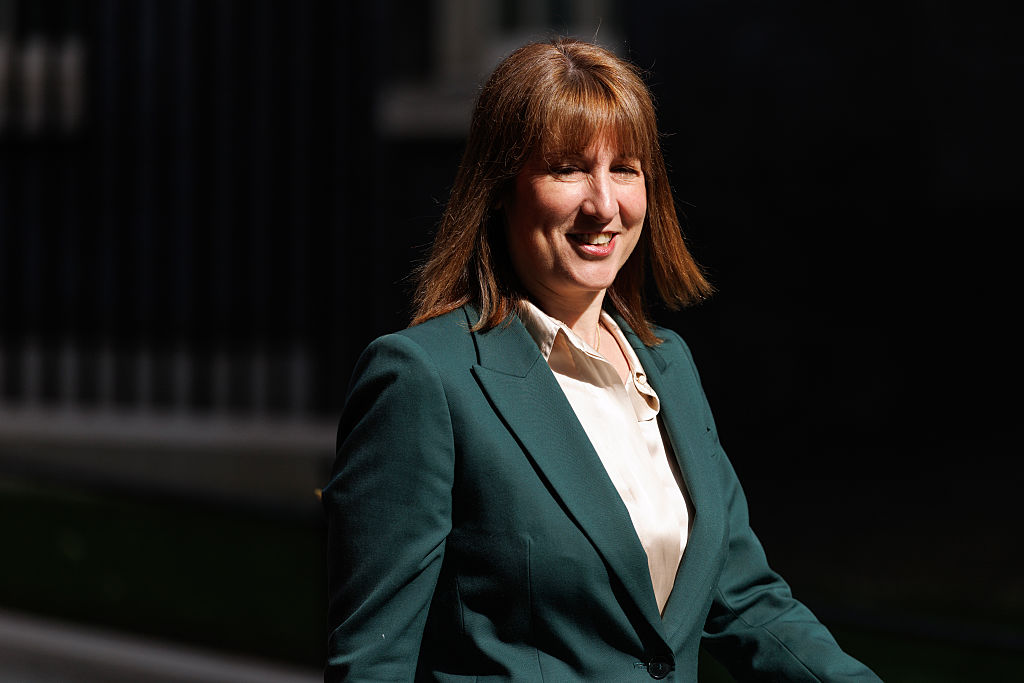Be wary of firms buying back shares
Share buybacks are all the rage just now. But they are often a sign that a company has run out of ideas. Phil Oakley explains how to tell the difference between a ‘good’ buyback and a ‘bad’ one.
Share buybacks are all the rage just now. City analysts tend to love them and present them as good news for shareholders. But experience shows that buybacks are often anything but good news indeed, they're often a sign that a company has run out of ideas. So how can you tell the difference between a good' buyback and a bad' one?
How they work
In the past, excess cash was more often dished out to shareholders via dividends, or special one-off payouts. But companies today increasingly use buybacks to return cash. The logic is simple. By reducing the number of shares in issue the remaining shareholders will own' a bigger share of the company's profits; that is, earnings per share (EPS) will rise. As a result, the price/earnings ratio (the share price divided by EPS) falls, making the company look cheaper. But it's not that simple, especially when companies use debt, rather than cash, to buy back shares.
| ABC plc | Before | After |
| Operating profit | 1,000m | 1,000m |
| Interest | -200m | -250m |
| Profit before tax | 800m | 750m |
| Tax @ 20% | -160m | -150m |
| Post-tax profit | 640m | 600m |
| Shares in issue | 1,000m | 833.33m |
| EPS | 64p | 72p |
| Change in EPS | N/A | +12.50% |
| Debt | -4,000m | -5,000m |
Consider ABC plc. Its shares trade at £6 each. Its advisers suggest a big buyback to boost the price. They say it's cheaper to fund the business using debt rather than equity. Interest payments are tax-deductible, whereas dividend payments are not. Shareholders are also last in the queue for a share of a company's profits, so demand higher returns. By taking advantage of very low interest rates and buying back shares (replacing equity with debt), a company can cut its cost of finance and boost EPS.
Subscribe to MoneyWeek
Subscribe to MoneyWeek today and get your first six magazine issues absolutely FREE

Sign up to Money Morning
Don't miss the latest investment and personal finances news, market analysis, plus money-saving tips with our free twice-daily newsletter
Don't miss the latest investment and personal finances news, market analysis, plus money-saving tips with our free twice-daily newsletter
So ABC borrows £1bn at 5% and buys back 166.6m shares at £6 each. EPS is boosted by 12.5%, as shown in the chart to the right.
But what has changed? Nothing except for the financing of the company. While more debt means the company pays less tax, it also increases the risk taken by shareholders, as there are now more creditors ahead of them in the queue to get paid. ABC's enterprise value (the value of its equity plus debt) has not changed. At £6 a share, investors are still only paying ten times its current operating profits of £1bn (or £10bn for the whole firm). So the truth is that the shares are still only worth £6. The fall in the p/e ratio (which only looks at equity, not debt), doesn't mean the shares are cheaper. Rather, it reflects the fact that they're more risky. You can see how this works in the chart below.
| ABC valuation | Before | After |
| Debt | 4,000m | 5,000m |
| Equity value | 6,000m | 5,000m |
| Enterprise value | 10,000m | 10,000m |
| Shares | 1,000m | 833.33m |
| Value per share | £6 | £6 |
| P/e ratio | 9.38 | 8.33 |
So why do it? Very low interest rates make buybacks tempting. As long as the earnings yield (the inverse of the p/e ratio) of the shares you buy is greater than the after-tax cost of debt, you will increase EPS. So if you can borrow at 5% (which is 4% after 20% tax), then you can pay up to 25 times EPS (1/0.04) and still increase EPS despite the fact that very few companies are ever worth this.
Unfortunately, share buybacks confuse investors. They see a buyback as a sign that management thinks the company is undervalued. As you can see from this example, this is often not the case. A more likely driver of buybacks is that management's bonuses are often linked to EPS, which buybacks can boost artificially.
But buybacks aren't always bad we look at one decent example below.
When buybacks make sense
Fashion retailer Next is among the few companies that gives its shareholders a good explanation of its buybacks. Given that Next shares have surged over the past decade, it must be doing something right. Next looks at the equivalent rate of return (ERR)' what it would have to get from an alternative investment.
Here's how it works. With £250m of surplus cash flow, Next can buy back 3.9% of its outstanding shares at £40 a share. This boosts EPS by 4%. Given its current annual profits of £622m, to lift EPS by this much through profit growth alone Next would have to grow profits by £25.3m. On a £250m investment, that's a hefty return of 10.1%. So, in essence, it's getting a 10.1% return by using the money to buy its own shares. Next says it won't buy back shares unless it can get at least a 9% equivalent return.
It also has some other sensible rules. Firstly, buybacks must be funded with surplus cash, not debt. Secondly, the business should also still be capable of further profits growth. These points explain why Next's buyback has worked, while supermarket chain Morrison's £1bn buyback has failed. Morrison's borrowed money to buy its shares, but profits at its core business are falling its focus should be turning that around, not repurchasing shares. Finally, Next's third rule ensures that dividends don't suffer: the retailer says that dividends should still rise in line with profits.
Get the latest financial news, insights and expert analysis from our award-winning MoneyWeek team, to help you understand what really matters when it comes to your finances.
Phil spent 13 years as an investment analyst for both stockbroking and fund management companies.
After graduating with a MSc in International Banking, Economics & Finance from Liverpool Business School in 1996, Phil went to work for BWD Rensburg, a Liverpool based investment manager. In 2001, he joined ABN AMRO as a transport analyst. After a brief spell as a food retail analyst, he spent five years with ABN's very successful UK Smaller Companies team where he covered engineering, transport and support services stocks.
In 2007, Phil joined Halbis Capital Management as a European equities analyst. He began writing for MoneyWeek in 2010.
-
 Review: Eden Roc Cap Cana – fun, sun and golf in the Caribbean
Review: Eden Roc Cap Cana – fun, sun and golf in the CaribbeanTravel Eden Roc Cap Cana in the Dominican Republic offers everything from relaxing by the pool to a world-class golf course
-
 Reeves delays cash ISA reform, but savers are not out of the woods yet
Reeves delays cash ISA reform, but savers are not out of the woods yetThe chancellor has reportedly delayed plans to cut the cash ISA limit, which were set to be announced at Mansion House on 15 July, and will take more time to consult with the industry